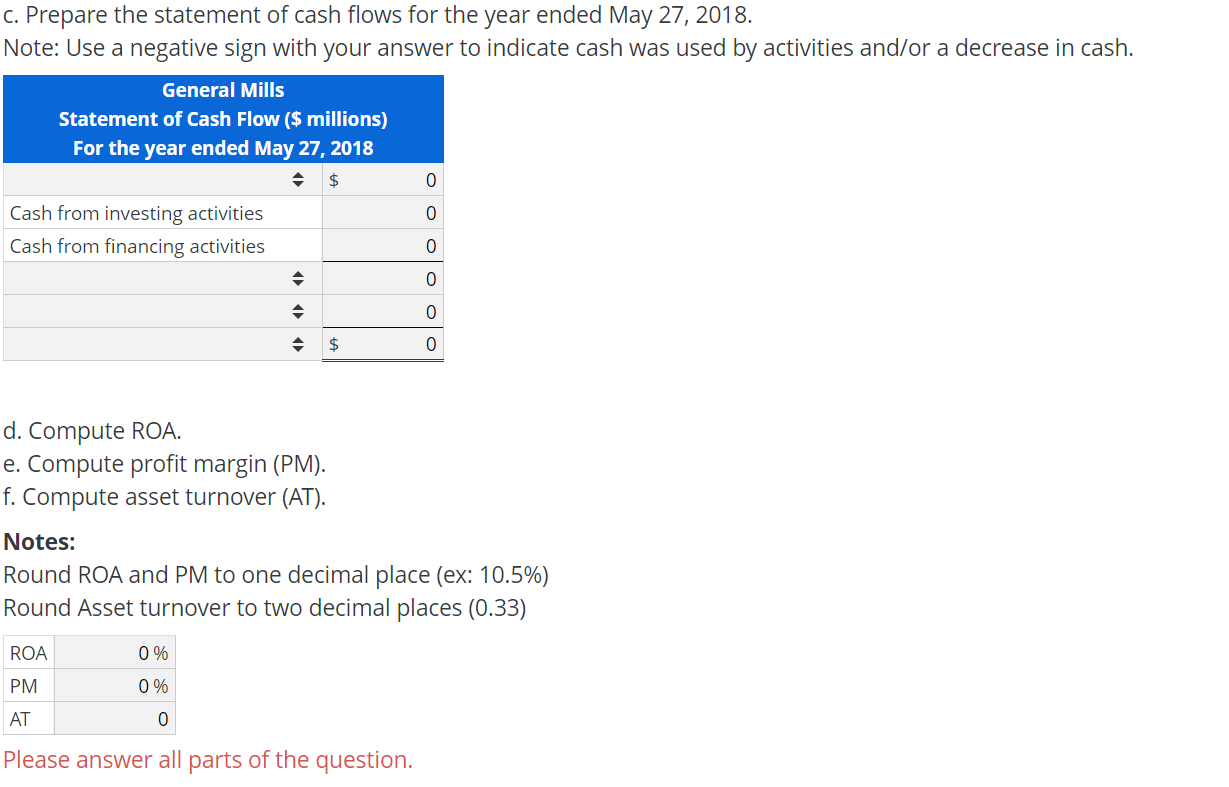
For example, capital items of property, plant and equipment are often acquired through non-cash investing and financing activities. An equipment is purchased (investing activity) which is financed by equipment-purchase financing (financing activity). This will increase the company’s productive capacity; however, it will not be reported as capital expenditure in the the many benefits of a 401 statement of cash flows. Normally, the sale of marketable securities is treated as an investing activity. If however, donated marketable securities are not converted nearly immediately to cash, then the sale of these securities would be reported as an investing activity, whether or not the donation was received with donor-imposed long-term purpose restrictions.
Chapter 14: Statement of Cash Flows
For a small business, non-cash activities could be buying equipment with a promissory note or signing a lease-purchase agreement for an expensive commercial-grade copier. Along with other financial documents such as income statements and balance sheets, cash flow statements are essential to evaluating a business’s profitability and strength. But the picture a cash flow statement presents would be incomplete without full disclosure of non-cash activities. These activities could affect a business’s performance and future potential. Both IFRS and generally accepted accounting principles require disclosure of non-cash activities. A company does not generate any cash inflows or cash outflows from non-cash investing and financing activities.

Receipt of Restricted Donations
However, they also can be included as an attachment to the cash flow statement. The entry at the bottom of a cash flow statement would say something such as “Non-cash Investing and Financing Activities” and have a brief description of each non-cash transaction and its monetary value. Alternatively, a separate document labeled “Schedule A,” for example, may be attached to your cash flow statement.
- Cash flows from the purchase, sale or insurance recoveries of capitalized and noncapitalized collection items are reported as investing actives on the statement of cash flows.
- Both methods meet International Financial Reporting Standards and generally accepted accounting standards.
- For a small business, non-cash activities could be buying equipment with a promissory note or signing a lease-purchase agreement for an expensive commercial-grade copier.
Sale of Marketable Securities
It allows them to see how well (or not) cash is being managed and what’s being done to generate more cash for ongoing bills and operating expenses. Congrats on reading the definition of non-cash investing and financing activities. Given that the transaction didn’t involve cash, it would have no effect on the cash flow statement. Issuance of common stock in relation to the conversion of preferred stock is an example of a non-cash activity. PwC refers to the US member firm or one of its subsidiaries or affiliates, and may sometimes refer to the PwC network. This content is for general information purposes only, and should not be used as a substitute for consultation with professional advisors.
Below, you’ll find guidance on how to report these transactions that are unique to not-for-profit entities. Each book includes PDFs, explanations, instructions, data files, and R code for all examples. Companies using the indirect method have to disclose cash paid for interest and income taxes, since those numbers are not apparent on the face of the statement as they were under the direct method. As you can see, it’s basically just the top portion of the statement prepared using the indirect method. Each book comes with PDFs, detailed explanations, step-by-step instructions, data files, and complete downloadable R code for all examples. Master R and Python for financial data science with our comprehensive bundle of 9 ebooks.
From these examples, it is easy to see that non-cash activities can significantly affect a company’s capital composition. As a result, once a significant non-cash transaction is involved, a company must disclose this transaction in its cash flow statement. It can do so either in a separate note or in a supplementary schedule. Non-cash activities usually are disclosed at the bottom of a cash flow statement.
However, these activities can still have a material effect on a company’s financial position. In addition to activities that generate cash flows (operating, investing, and financing), companies also engage in investing and financing activities that do not generate any cash flows. These activities are therefore not reported on the cash flow statement. Cash is unrestricted money that you have quick and easy access to. It includes your business’s checking and savings account balances, any checks that have not yet been deposited and even the money in your petty cash box. Cash equivalents are very short-term, unrestricted investments such as Treasury bills, short-term government bonds, readily marketable securities, commercial paper and money market funds.
Big decisions can hinge on a healthy or unhealthy looking cash flow statement. To present an accurate accounting of your business it must include non-cash activities that could have an impact. Examples of non-cash activities are issuing stock to pay off a long-term debt or converting preferred stock to common stock.



